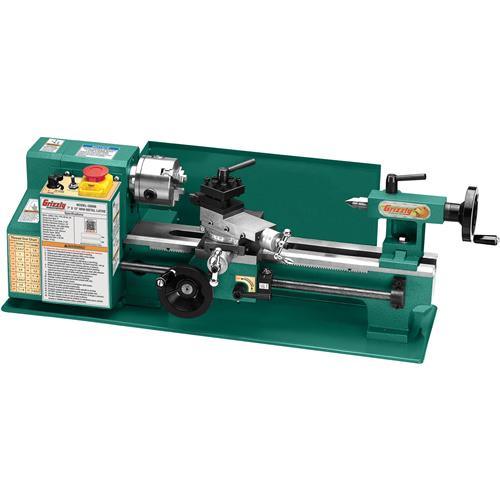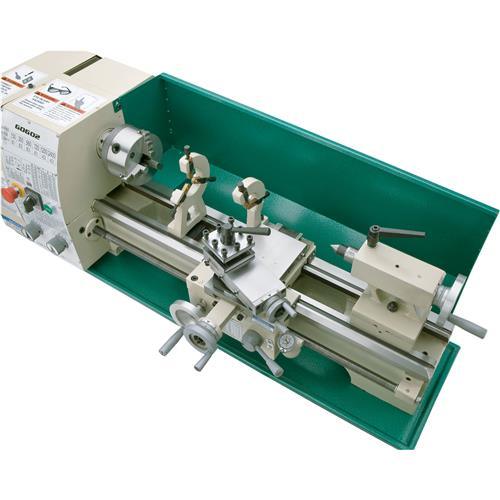SidecarFlip
Well-Known Member
But,,,, what about the split nut????
The 'split nut (s) belong to the unfortunate hunter who attempted to cross the fence and slipped halfway over.... OUCH.
Somehow, you can't compare that Grizzled one to a Hardridge or any second operation lathe. Well, maybe the uninformed can....
That little machine reminds me of a glorified Harbor Freight copy...
Back to the spyder......
Not much bore on that machine. Maybe a 17 HMR barrel perhapse?
BTW Jinx, it's most likely Diametrical Pitch. Most imported machines use that thread.
I think you are over engineering it. You have enough material proud of the thread (OD on spindle) to machine a tight slip fit collar with 3 opposing setscrews to secure it. The only thing an outboard spyder does is keep the barrel in alignment. It really carries little load and I suspect the outboard nut on the spindle preloads the inner nut which adjusts the freeplay.











